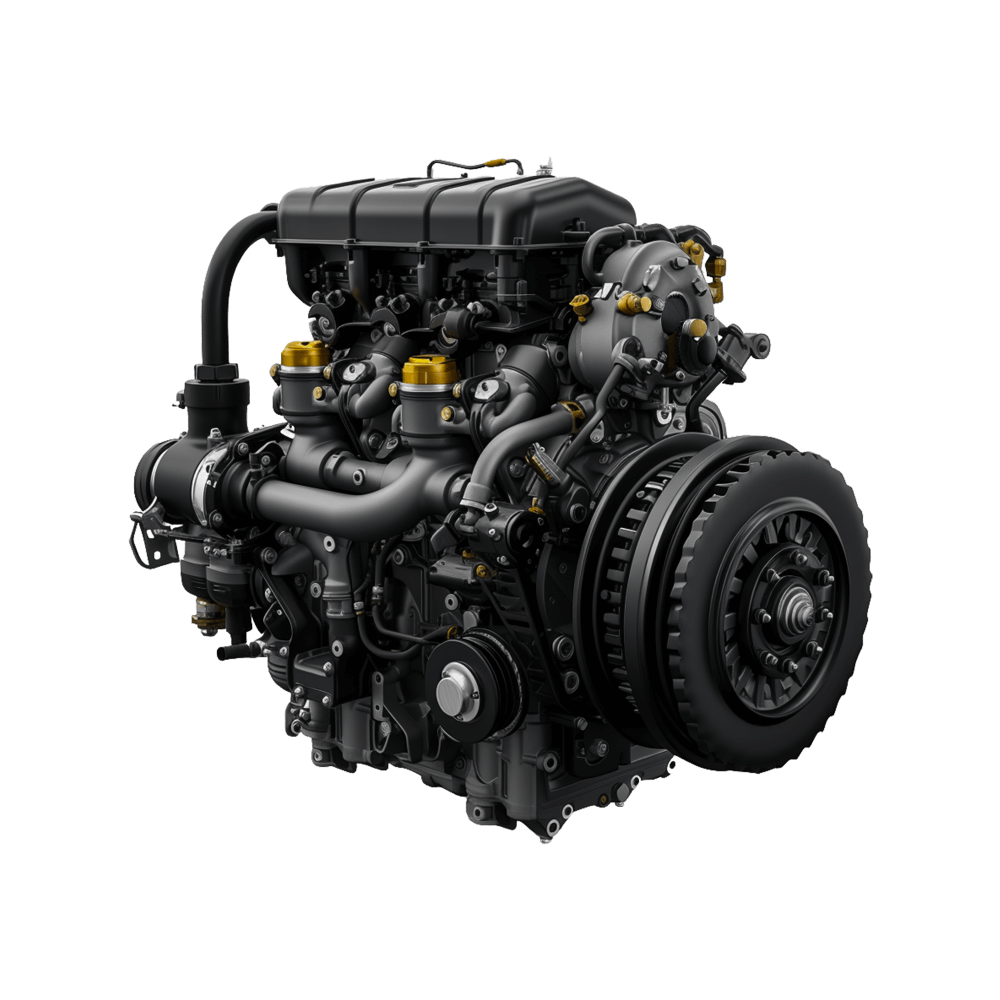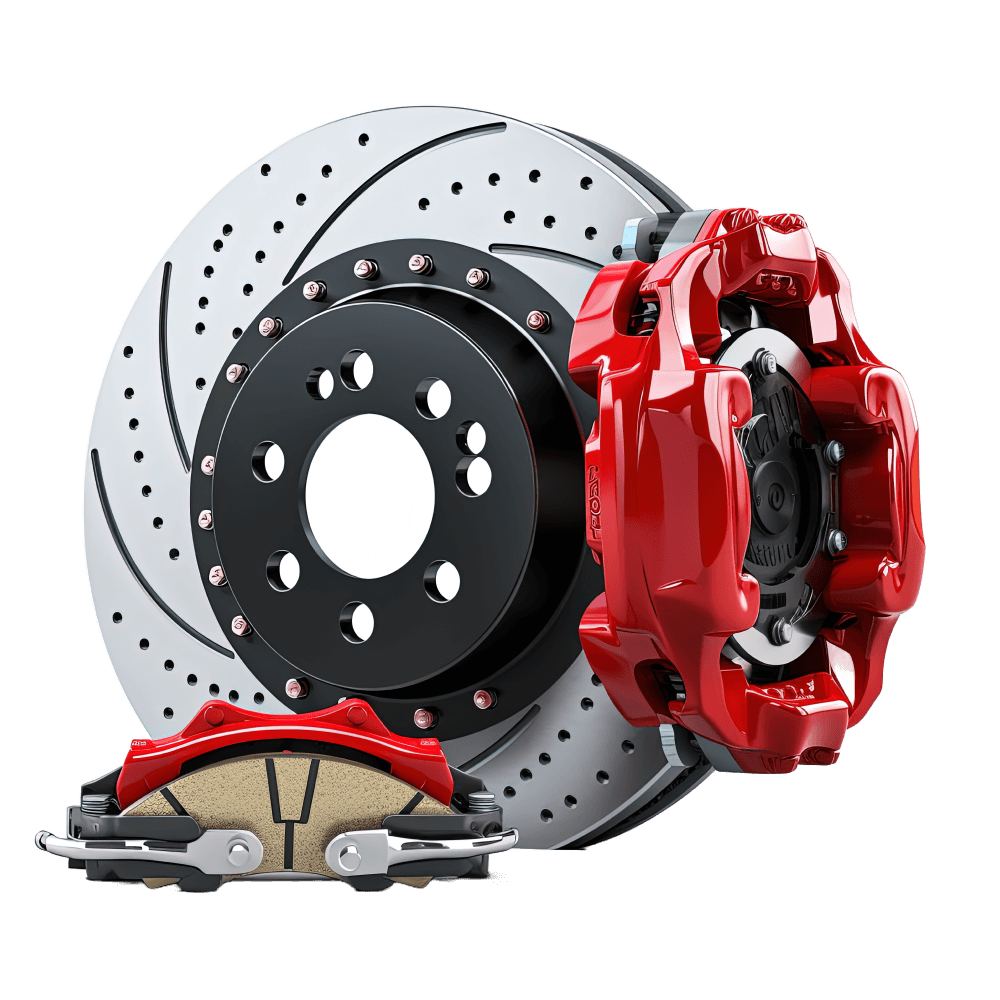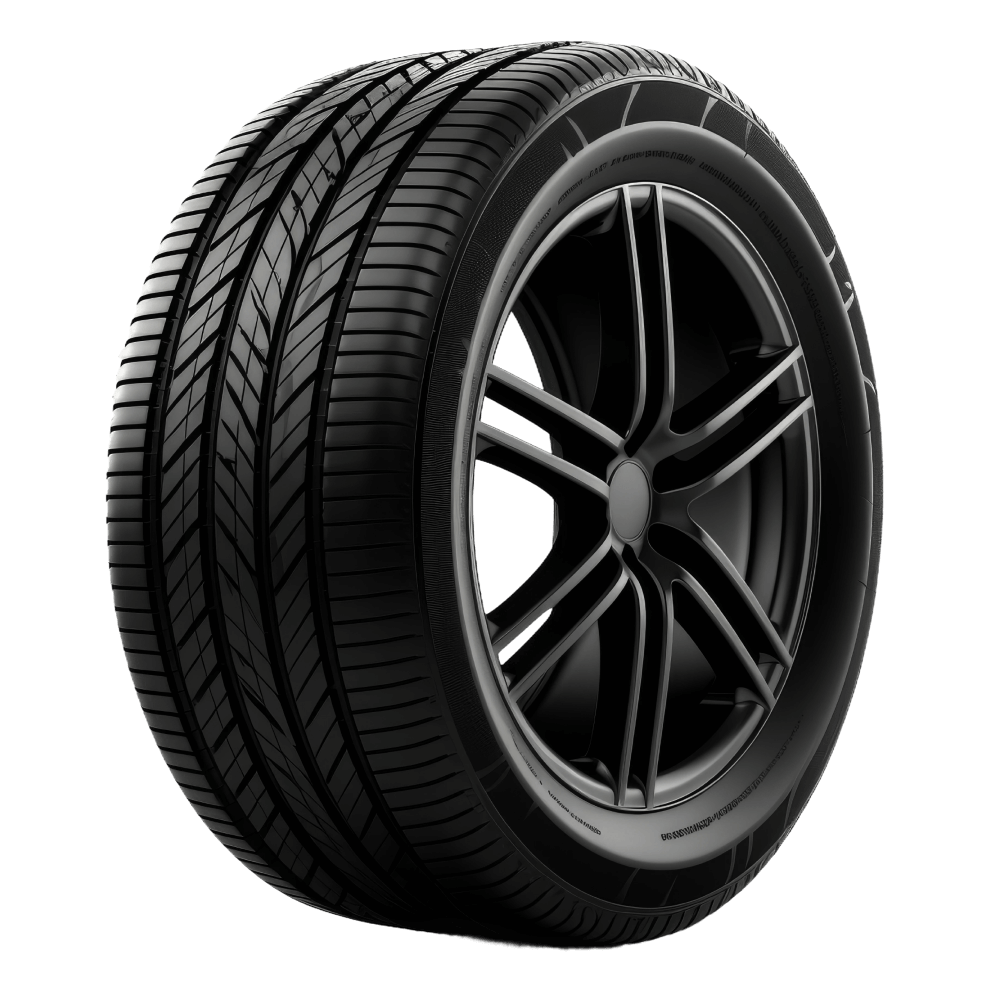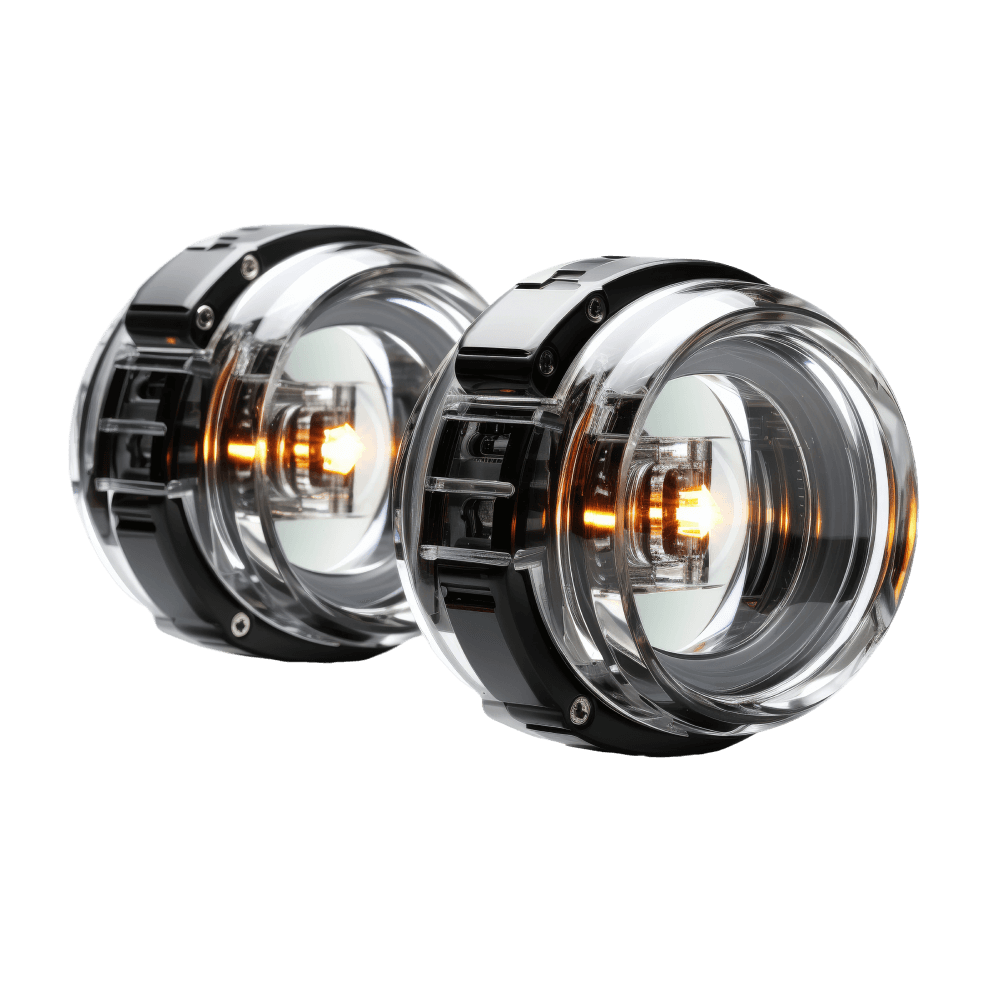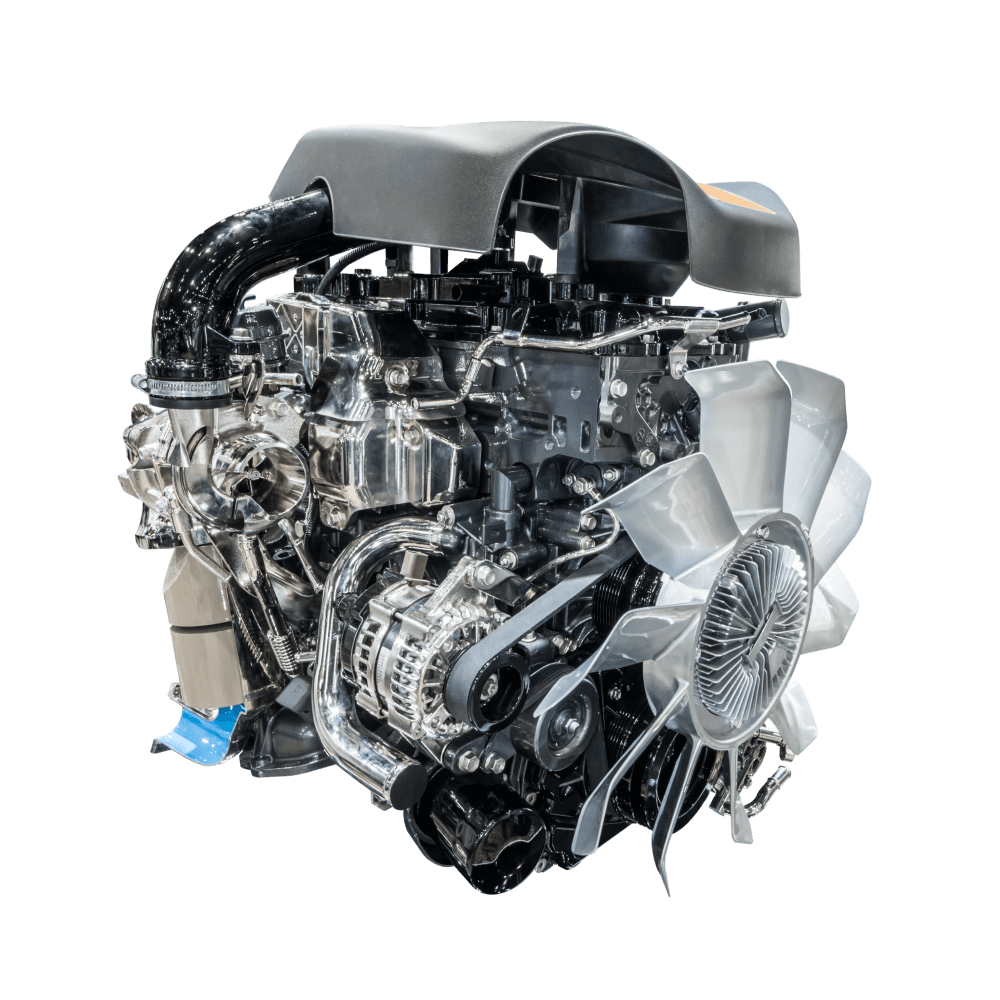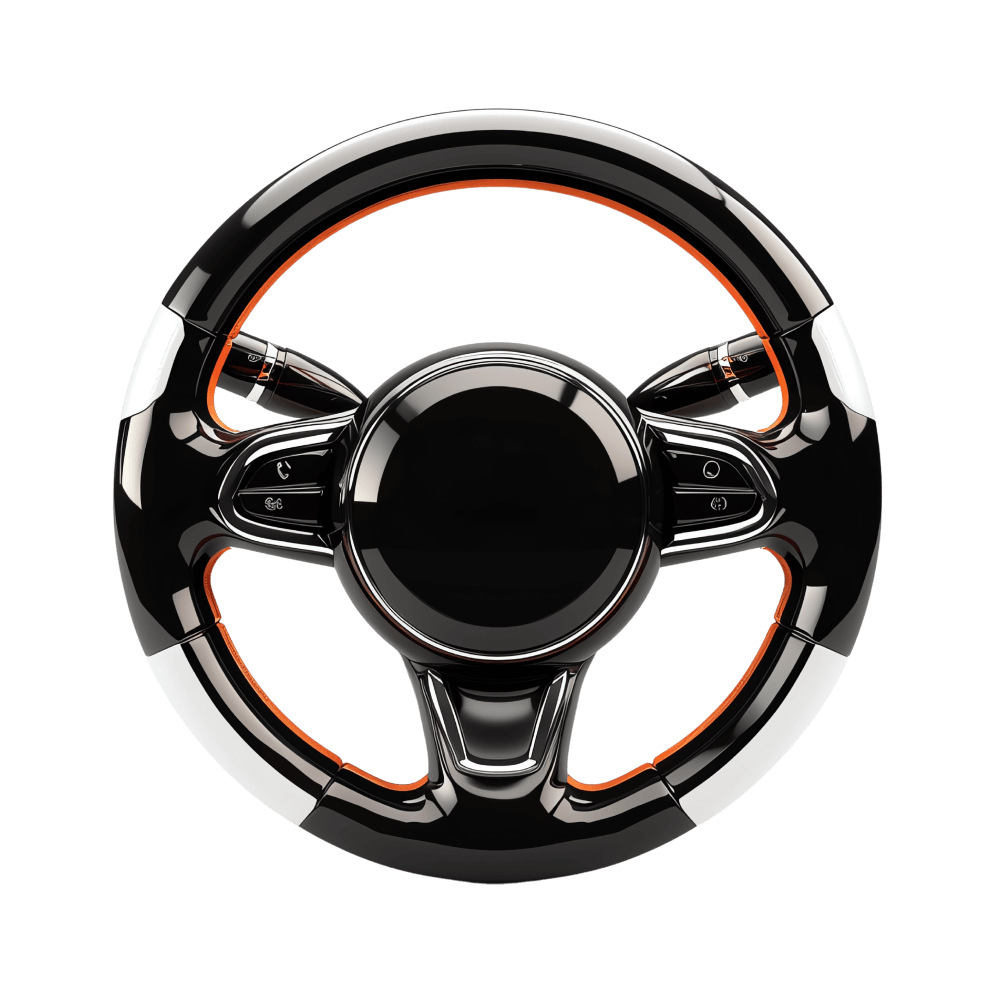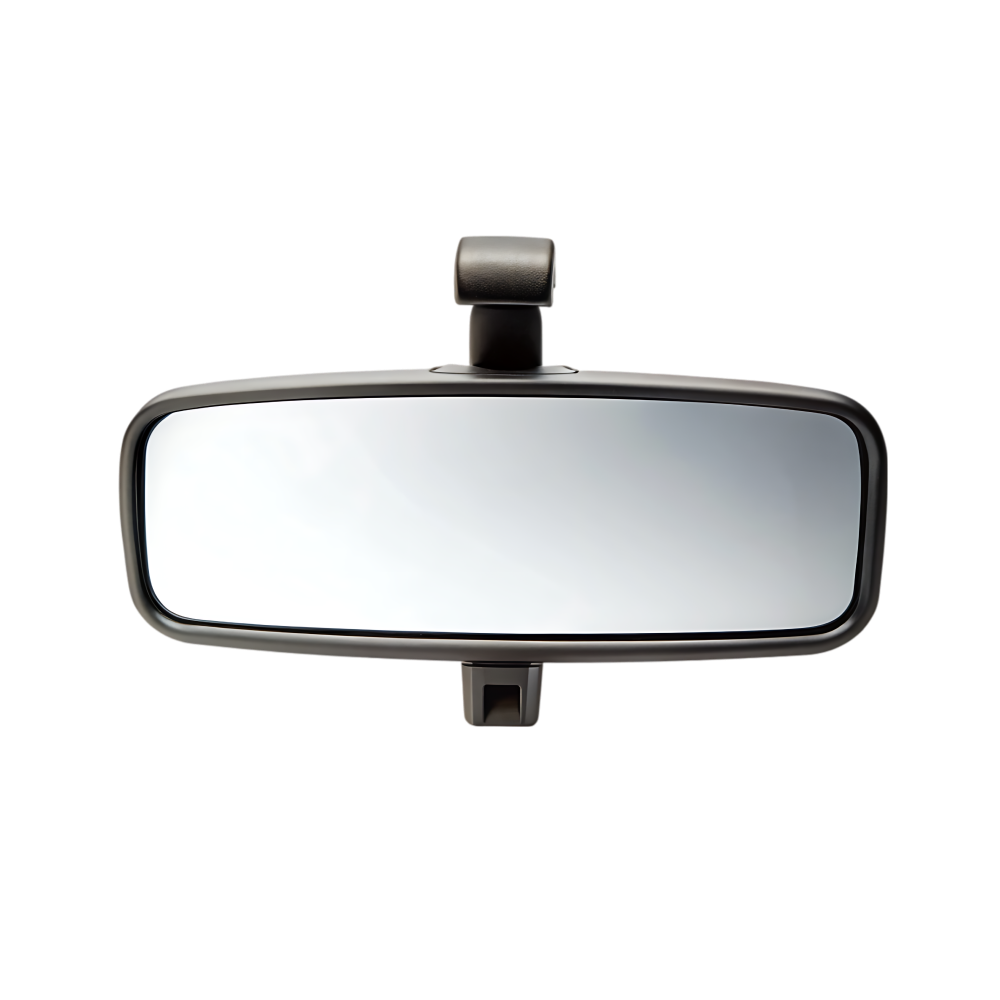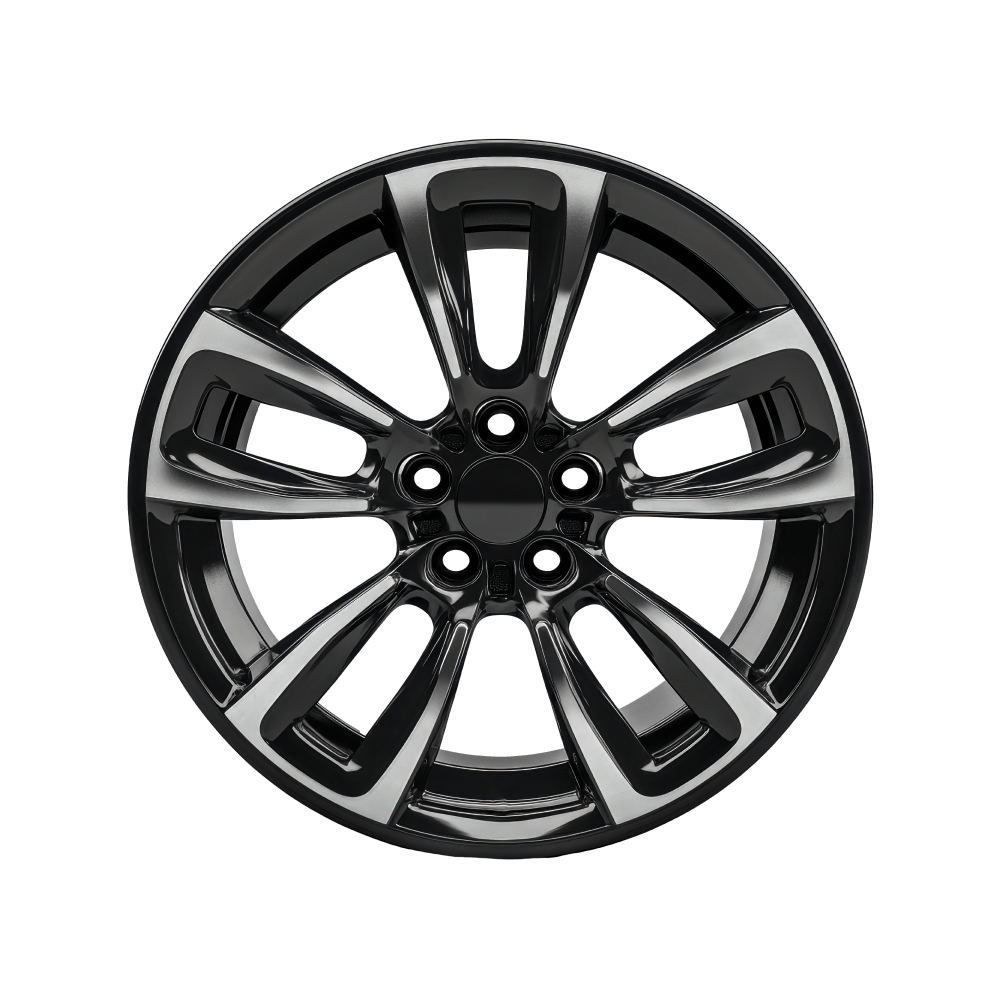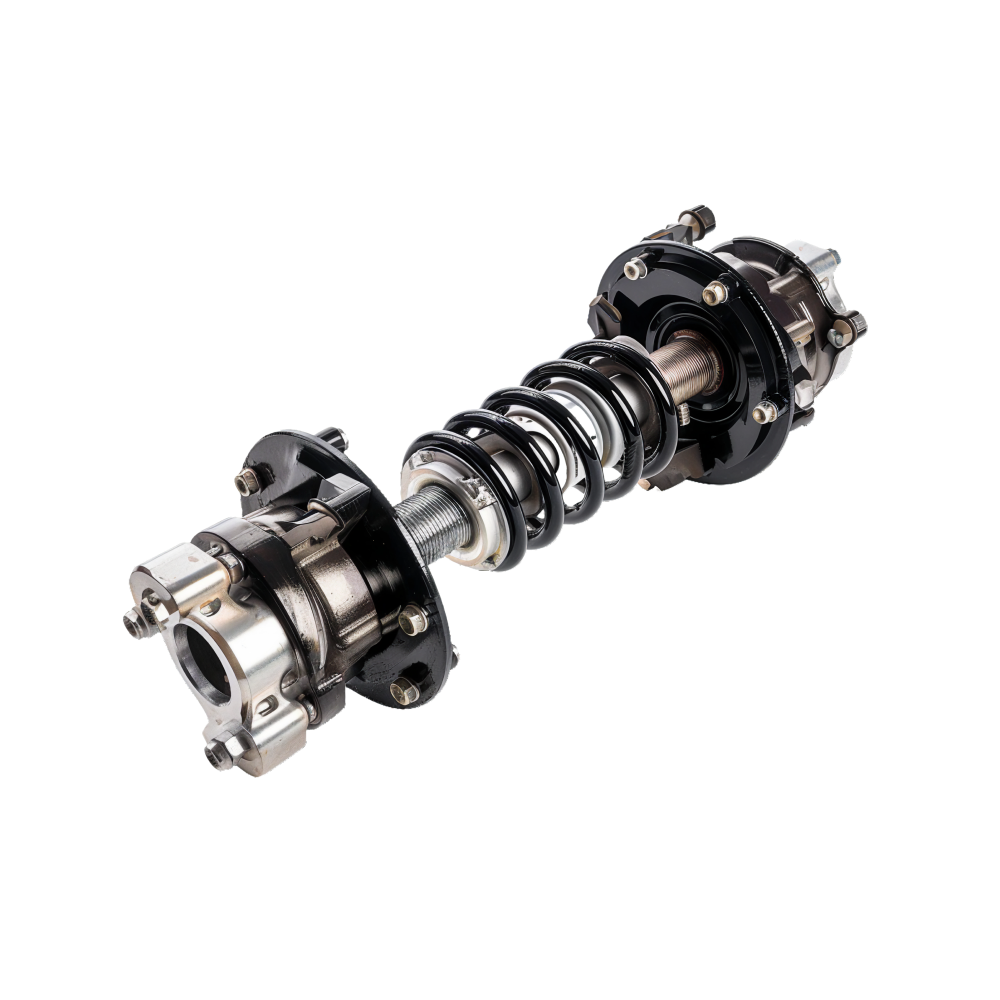Enclosed design of old-style brake drums prevents brake dust escaping and could help automakers meet EU’s new brake emission regulations
As of 2025, the once-ubiquitous humble brake drum has practically faded into obscurity, and fade is a familiar word for most people who have ever driven a drum-braked classic car hard on a twisty downhill run. But ironically, one of the reasons they did fade under extreme use is also one of the reasons drums could make a comeback.
Related: Brake Pad Dust Is Worse Than Diesel Emissions, Study Finds
Disc-type front brakes replaced four-wheel drums on most performance cars in the 1960s. They would go on to become standard on most regular cars by the 1970s, and front drums were extinct by the mid 1980s. They still live on on the rear axle of some basic, light, low-power cars because they’re cheap and the braking demands are low. But some experts think more cars could switch to drums in future.
Regulations Shift the Focus
The reason is the new Euro 7 regulations due to come into force in November 2026. Although automakers successfully lobbied to have tougher proposed tailpipe rules watered down, Euro 7 regs place a strong new focus on emissions from other areas of the car, namely tires and brakes.
Automakers and their suppliers have investigated multiple methods of cutting down on brake emissions, the most obvious being the use new types of brake discs and pads. One solution is to apply a coating to steel brake rotors, the BBC reports; another is to switch to brake pads that wear more slowly and carbon discs like the ones used on supercars. Though expensive, they can reduce emissions by 81 percent.
Why Drums Still Matter
Still, another option is to bring back brake drums. Those work by pushing a pair of brake ‘shoes’ outwards against the inside surface of a solid drum. The fact that the friction happens inside the drum means the brakes tend to overheat under heavy or sustained use, leading to fade, but the enclosed design also means most of the dust emitted by the braking surfaces as the wear is contained within the drum.
Other benefits of the tech include no nasty brake dust spoiling your expensive alloys, lower production costs and weight, and less drag when the brakes aren’t being applied.
A Possible Comeback
Auto parts maker Tenneco, which also produces copper-free brake pads that can reduce PM10 emissions by 60 percent, told the BBC that the rapid decline in demand for brake drums has now slowed. Could that decline be reversed altogether?
EVs and hybrids that are capable of delivering braking force through regenerative means and rely less on traditional friction brakes might seem like good candidates for rear drums, despite their weight. VW already uses them on the ID.3 and ID.4 (and even on GTX models),and the new emissions rules could see the retro tech being adopted by more brands.
Google News
MSN Start
Chris is a seasoned automotive journalist with over two decades of experience. He has worked… Read full bio



